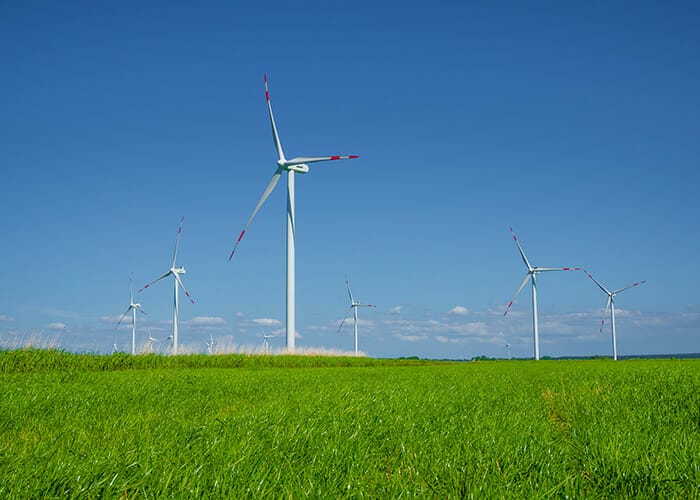CalSTRS has recognised the unique opportunity presented by the energy transition needs a unique response and its Sustainable Investment and Stewardship Strategies (SISS) portfolio has been specifically positioned to invest in opportunities that fall between private equity and infrastructure asset class buckets.
The SISS private portfolio which has made $1.4 billion in commitments since it was set up in March 2021, aims to take advantage of material sustainability-related economic and financial shifts. It targets three risk-return allocations across opportunistic climate infrastructure; venture capital/growth equity low carbon solutions; and hybrid/innovative climate solutions.
Setting up that fund structure a few years ago has allowed the fund to make the most of opportunities as they developed, according to Scott Chan, deputy chief investment officer of the $317 billion fund.
“If we hadn’t done that three years ago years ago with this approach, we probably would have missed out on opportunities we have now committed to,” he says.
The SISS portfolio is set to grow over the next few years to about $3 billion and is the beneficiary of a recent asset allocation change where 4 per cent from global equities was reallocated to direct lending, private equity and inflation-sensitive assets.
“We are finding opportunities in the transition are falling between risk and reward in private equity and infrastructure,” Chan says. “We have intentionally made a portfolio to navigate that so we can be flexible financiers. That is key to our success in the energy transition, we have built a team focused on the opportunities and have been pursuing that for the last couple of years, and we want to further that.”
Chan says the opportunities presented by the energy transition don’t necessarily fit neatly into existing asset class buckets or risk/return profiles.
“This could be significant as the energy transition evolves so we are lining it up. We are trying to own stakes and as it matures getting in position and creating the right structures,” he says. “It’s part of the playbook of the collaborative model… We’ve seen this story before and we are lining up our opportunities to capture it if it is very large and significant.”
The evolution of the portfolio is expected to follow a similar arc to the maturation of the real estate and infrastructure portfolios which has evolved to now be accentuated by direct lending and unique partnerships.
In real estate the fund directly owns operating companies evolving from original investment via funds through joint ventures (JV) and then direct ownership.
“This is heading the same way. Now we are in funds but we are trying to take general partner stakes with the best operators in the energy transition,” Chan says. “Eventually we will be so close to the partners as the industry evolves we will JV with operators and may end up owning directly. We want to create the right portfolio partnerships for being able to capitalise if that happens.”
Within the SISS private portfolio about 50 per cent is allocated to opportunistic climate infrastructure with a primary focus on clean energy and decarbonisation. It looks at sectors with existing commercial operating models but where capital is required to scale solutions. The sustainability real assets investments have structured downside protection and stable cashflows.
A further 30 per cent is in the hybrid/innovative climate solutions bucket with unique structures which might not fit into the other asset classes. It’s a blend of company investments and real assets that intentionally decarbonise heavy emitting sectors and are made up of a mix of growth equity and structured downside protection.
The remaining 20 per cent looks at venture capital and growth equity and technology-enabled low carbon solutions. Here the focus is on solutions not contingent on binary policy outcomes or subsidies and sectors with large emission profiles where end-users seek cost-effective solutions to reduce emissions.
The SISS portfolio, managed by Kirsty Jenkinson, sits in the “innovative strategies” bucket as part of the total portfolio asset allocation.
That portfolio returned 9.3 per cent over the year to June 2023, against a custom benchmark of 0.8 per cent. The three-year return is 11.3 per cent.



